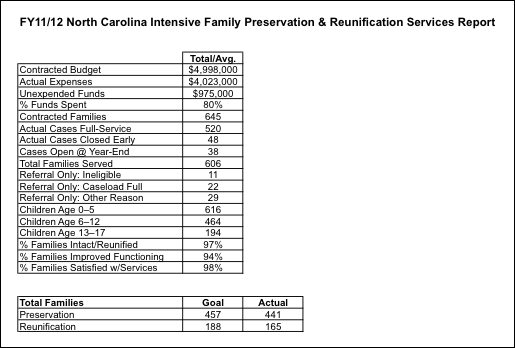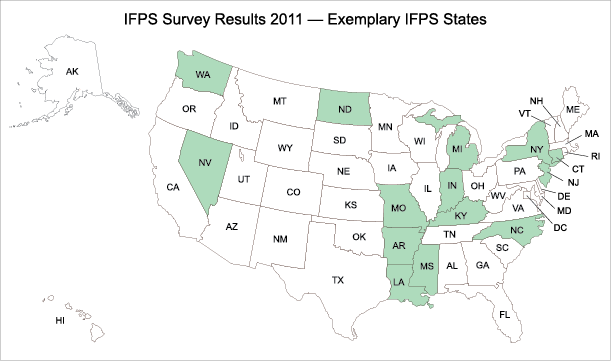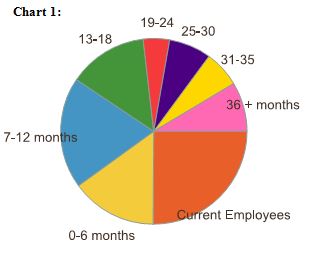A previous post focused on the qualifications of an IFPS therapist. Now it’s time for the annual evaluation of the therapist!
What is a fair and accurate measure of a therapist’s performance? If the IFPS agency has clear program standards and performance measures, then the therapist’s evaluation flows naturally from that.
Let’s look at an example of how standards produce performance measures that, in turn, produce an evaluation measure of a therapist. The Homebuilders® model of IFPS has the following standards and performance measures for therapist availability:
| Standard | Performance Measure |
| Immediate Availability: Therapists meet with families within 24 hours of referral. | • 75% of families receive their first face-to-face visit within 24 hours of referral from DCFS; 85% of families receive their first face-to-face visit no later than the end of the day after the referral. |
| Twenty-Four Hour Availability: Therapists, supervisors and other team members are available and accessible to families 24 hours a day, seven days a week. | • Provider agency policies specifically allow a flexible work schedule, with work hours varying from week to week based on the needs of families.• 100% of clients have information about 24-hour availability and how to access therapist.• On the Homebuilders Client Feedback Survey, 95% of family members answer “Yes” to the question: “Was your therapist available and responsive to you?” |
Now see how the therapist evaluation form addresses the availability standard and performance measure:
 Notice that both the therapist and supervisor rate each measure. That allows the therapist to have input in the evaluation, compare the self-assessment with the supervisors’ assessment, and set goals for improving performance.
Notice that both the therapist and supervisor rate each measure. That allows the therapist to have input in the evaluation, compare the self-assessment with the supervisors’ assessment, and set goals for improving performance.
There are 15 performance measures in the Homebuilders evaluation form for therapists. You can view the complete form below, courtesy of the Institute for Family Development.
Homebuilders® Therapist Evaluation Form (PDF, 168 Kb)
.
Do you have a form for evaluation of the IFPS therapist? Please share a link to it in the comments below or e-mail it to Priscilla Martens at director@nfpn.org.
_______________
Posted by Priscilla Martens, NFPN Executive Director




 Posted by Don Fryberger
Posted by Don Fryberger